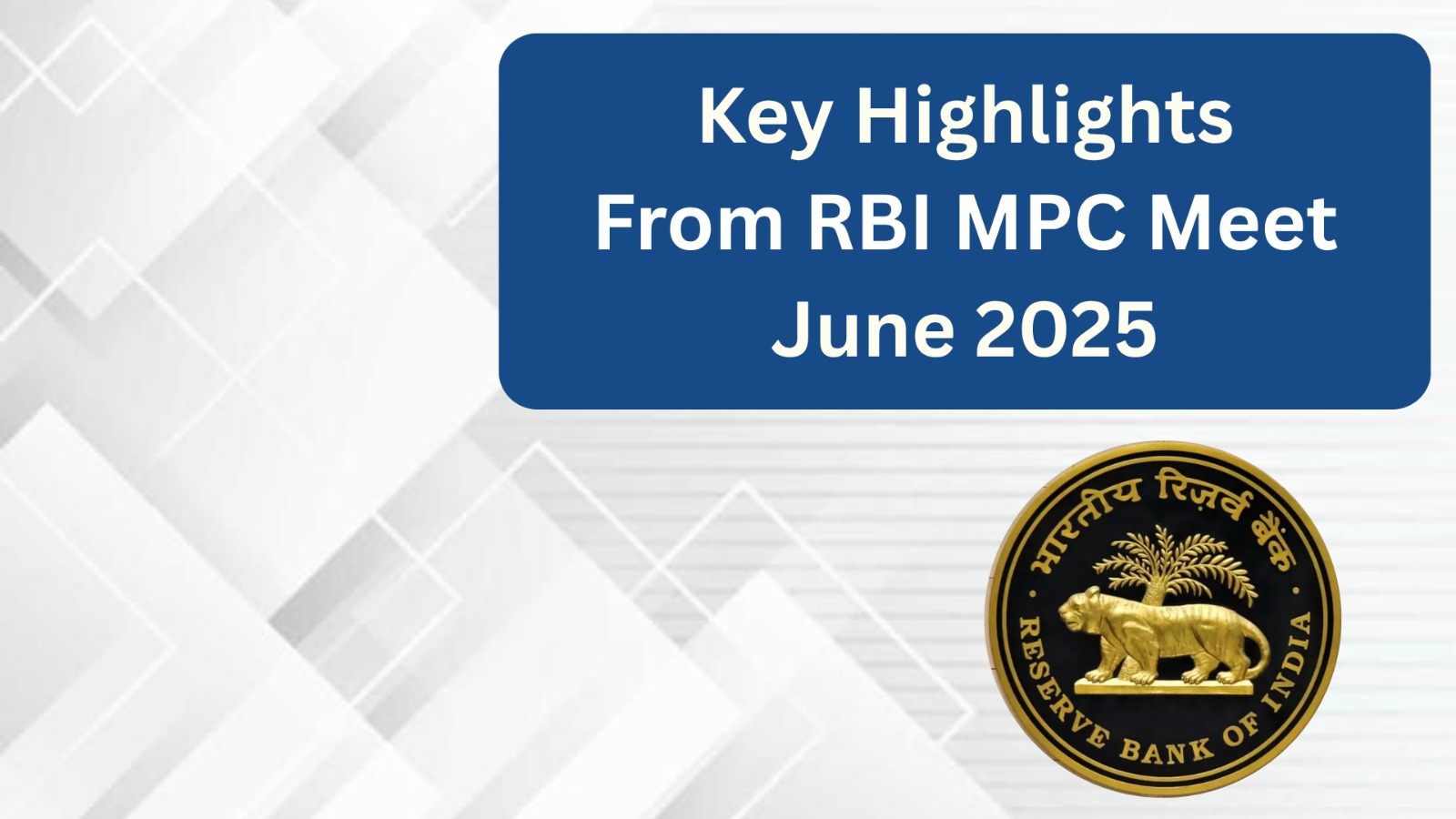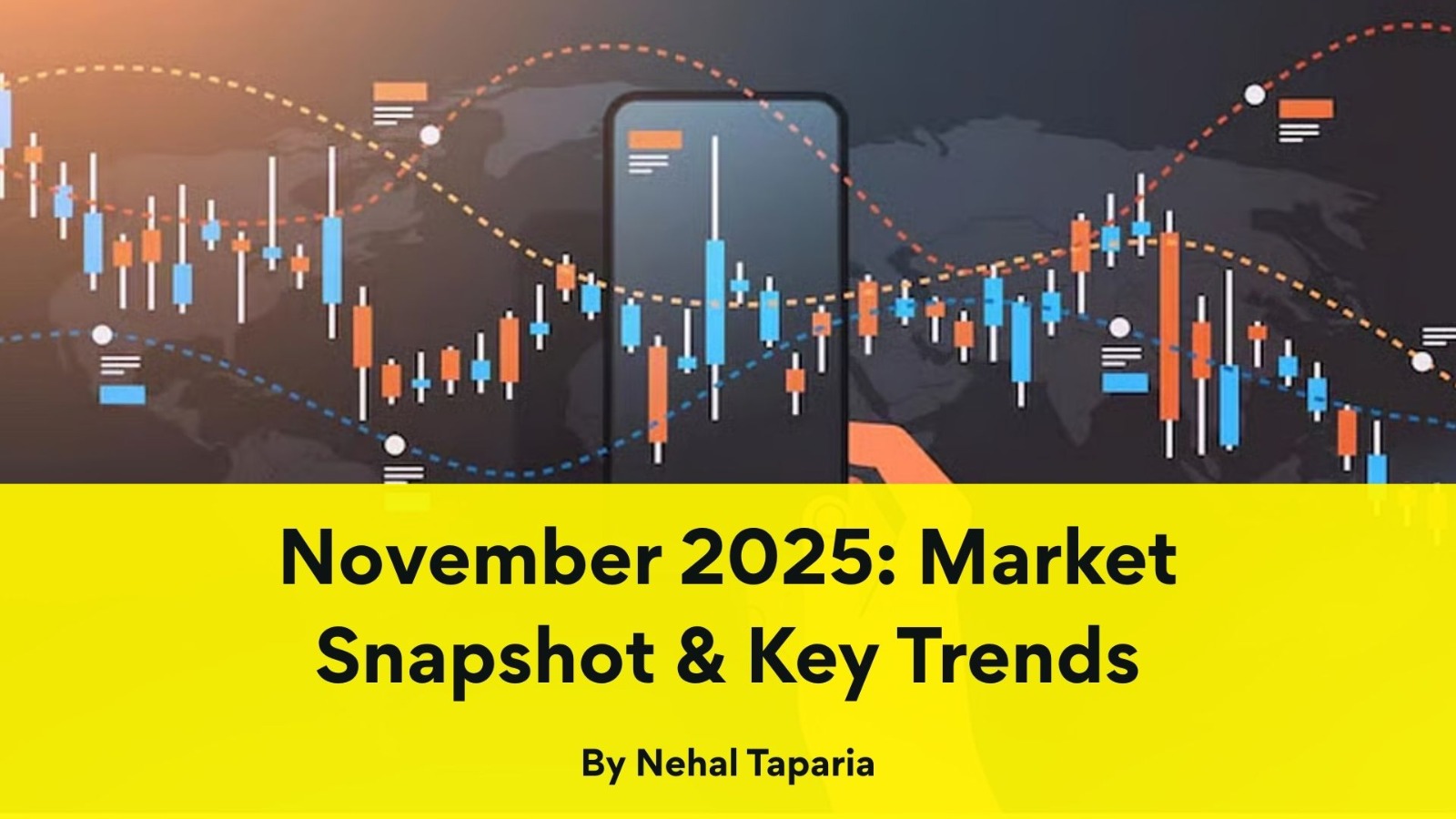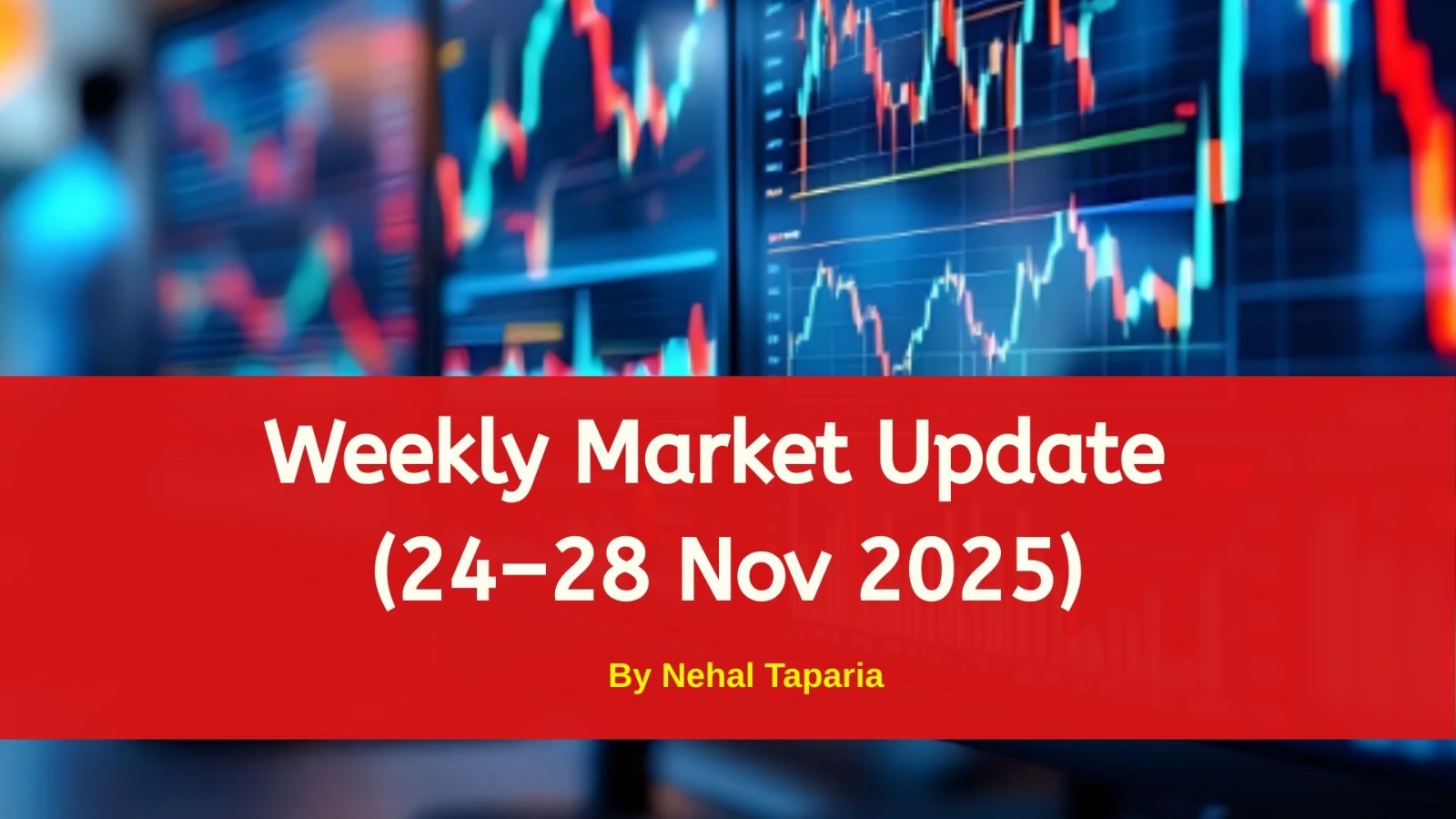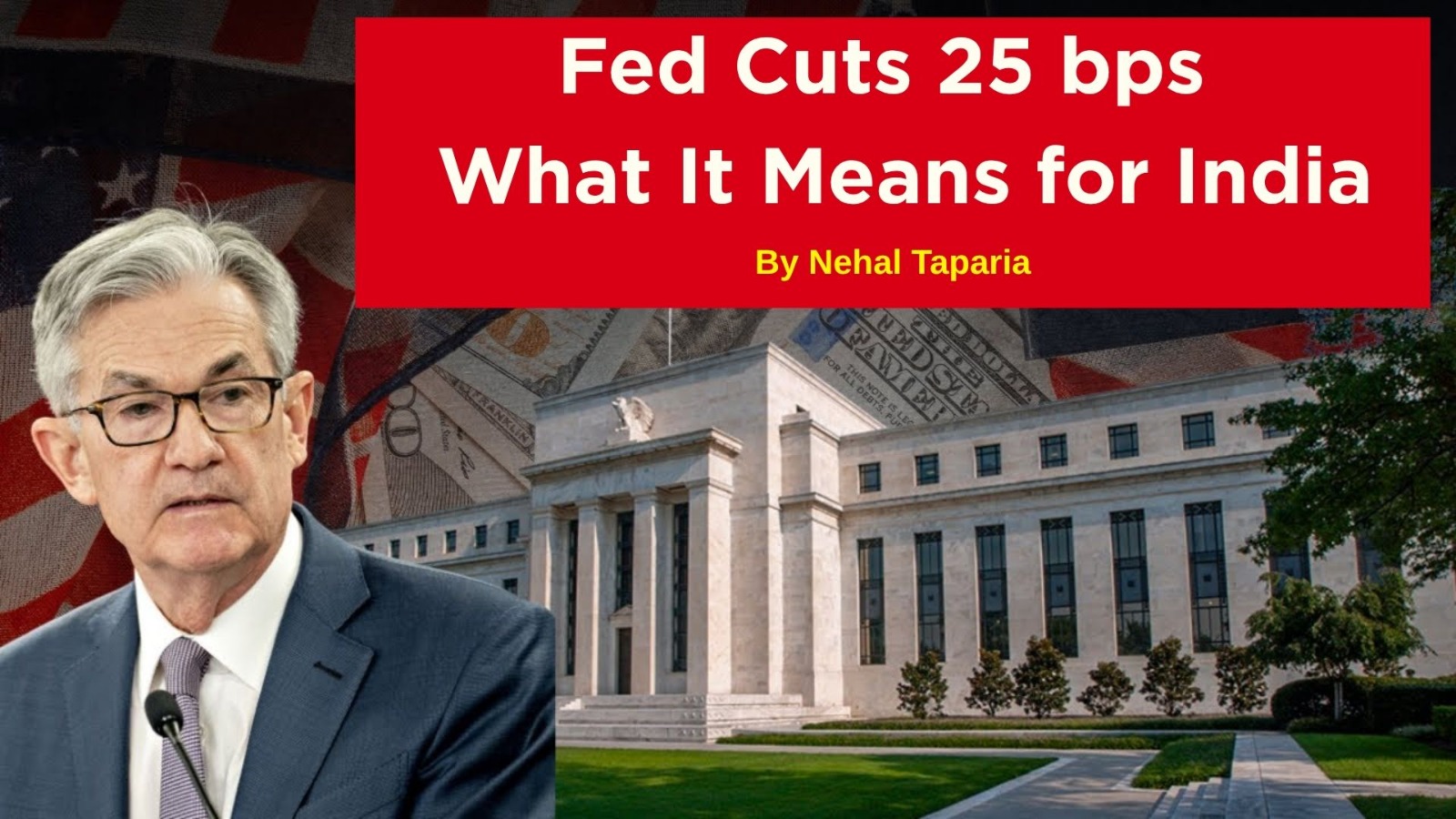RBI MPC Meet Highlights — June 2025: What You Need to Know

RBI MPC Meet Highlights — June 2025: What You Need to Know
The Reserve Bank of India (RBI) recently concluded its Monetary Policy Committee (MPC) meeting in June 2025. Headed by Governor Sanjay Malhotra, the committee announced important changes that affect interest rates, inflation outlook, liquidity, and the overall economic growth projection for India. Here’s a clear breakdown of the key takeaways from the meeting and what they mean for businesses, consumers, and investors.
Key Highlights from RBI’s June MPC Meet
- Repo Rate Cut by 50 Basis Points to 6.5%
The benchmark lending rate, known as the repo rate, was reduced by 0.50% (50 basis points). This means banks can now borrow money from the RBI at a slightly cheaper rate, which usually translates into lower lending rates for consumers and businesses.
- Policy Stance Shifted from Accommodative to Neutral
RBI moved its stance from “accommodative” (focused on growth support by keeping rates low) to “neutral,” signaling that future interest rate moves will depend purely on how economic data evolves, balancing growth and inflation concerns.
- Cash Reserve Ratio (CRR) Cut by 100 Basis Points
The CRR — the percentage of deposits banks must keep with RBI — was lowered by 1%. This freed up Rs 2.5 lakh crore, injecting fresh liquidity into the banking system to support lending and economic activity.
- Retail Inflation Projection Lowered to 3.7% for FY26
Inflation expectations for the financial year 2025–26 were reduced by 0.30%, signaling that price rises are expected to be gentler than previously thought, which is positive news for consumers.
- Stable GDP Growth Outlook at 6.5%
The RBI retained its GDP growth forecast, indicating confidence in India’s steady economic expansion despite global uncertainties.
- Current Account Deficit (CAD) to Remain Sustainable
RBI expects the CAD — the gap between imports and exports — to stay manageable, ensuring external economic stability.
- Foreign Exchange Reserves Slightly Dip to USD 691.5 Billion
A minor dip in forex reserves was reported but remains at a comfortable and strong level.
- Next MPC Meeting Scheduled for August 4–6, 2025
What Does This Mean for You?
Lower Interest Rates and Easier Credit
The 50 bps repo rate cut and CRR reduction mean banks have more money to lend and can do so at cheaper rates. This is good news if you’re planning to take a home loan, car loan, or business loan, as EMIs may become more affordable.
Balanced Approach to Inflation and Growth
By shifting to a neutral stance, RBI indicates that it believes the economy has recovered enough from recent challenges. It will keep a close eye on inflation and growth data before making further moves. The lowered inflation forecast suggests price pressures are easing, helping improve your purchasing power.
Economic Stability Continues
With GDP growth retained at 6.5% and CAD in check, India’s economy looks steady, encouraging investor confidence and business expansion.
Liquidity Boost to the Banking System
The CRR cut frees up significant funds for banks to lend, preventing cash crunches and supporting ongoing economic activity.
Final Thoughts
The June 2025 RBI MPC meet brings positive signals of easing interest rates and improved liquidity, balanced by a cautious approach to inflation and growth. This means borrowers, businesses, and investors can expect stable and supportive economic conditions in the near term, while RBI remains ready to act if inflationary pressures rise.
Stay tuned for the next MPC meeting in August, which will provide further clarity on India’s economic direction.Written by Nehal Taparia
Disclaimer: This article is for informational purposes only. Please consult a financial advisor before making investment decisions.
Our Recent FAQS
Frequently Asked Question &
Answers Here
1. What is the repo rate, and why does its cut matter?
The repo rate is the interest rate at which the RBI lends money to commercial banks. A cut means banks can borrow cheaper funds, which usually lowers interest rates on loans for consumers and businesses.
2. What does the policy stance change from accommodative to neutral mean?
3. Why is cutting the Cash Reserve Ratio (CRR) important?
4. What is the significance of lowering the inflation projection?
5. What does the Current Account Deficit (CAD) forecast imply?
6. Why did the RBI’s foreign exchange reserves dip, and should I be worried?
7. When is the next RBI MPC meeting, and why does it matter?
Copyright © By Empirical F&M Academy. Design & Developed by Techno Duniya


.jpg)


.jpeg)




